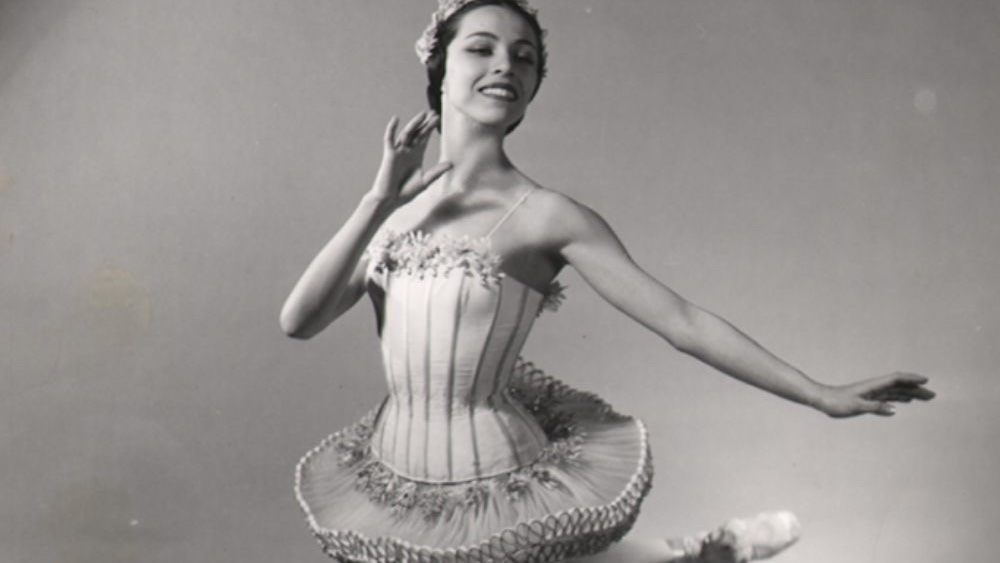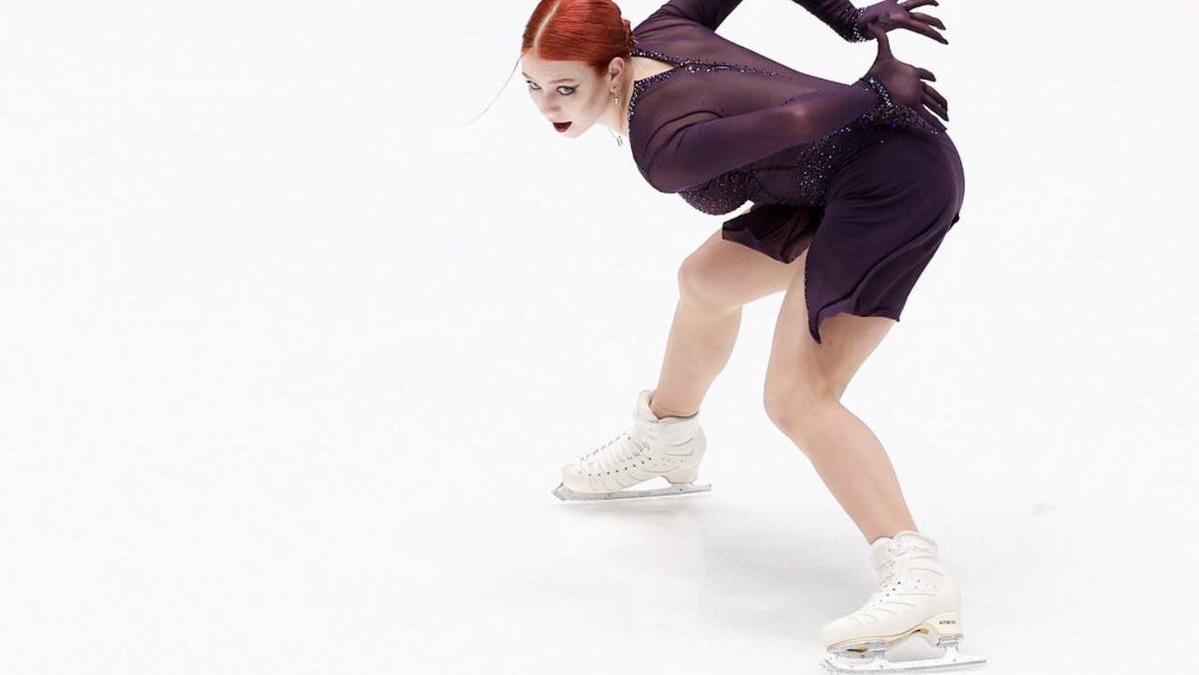January 15, 2025
Alexandra Trusova Expecting a Child
June 13, 2025

Maria Tallchief, America’s first prima ballerina and a proud Osage Nation member, transformed the ballet world with her artistry and resilience. As the first Native American to achieve global stardom, her journey from Oklahoma to the stages of New York and Moscow was groundbreaking. At the heart of her success was her father, Alexander Tall Chief, whose unwavering support and cultural pride fueled Maria’s determination to dance with her whole heart. Despite the challenges of a complex family dynamic and societal prejudice, Alexander’s encouragement helped Maria carve a path that redefined ballet, leaving a legacy of love and inspiration.
Maria Tallchief was born in 1925 in Fairfax, Oklahoma, on the Osage Reservation, to Alexander Tall Chief, an Osage tribal member, and Ruth Porter, a Scottish-Irish woman. Alexander, a prominent figure in the community due to his inherited oil headrights, was a widower with three children when he married Ruth, who bore Maria and her sister Marjorie, also a future ballerina. Growing up, Maria faced stereotypes about her Native American heritage, but Alexander instilled a deep pride in their Osage identity. In her 1997 autobiography, Maria Tallchief: America’s Prima Ballerina, she recalls her father taking her to tribal ceremonies, where he shared stories of their ancestors’ resilience. When Maria showed an early love for dance at age three, Alexander supported her passion, enrolling her in local classes despite ballet being an unfamiliar art in their rural town. His belief in her talent laid the groundwork for her extraordinary career.
Recognizing Maria and Marjorie’s potential, Alexander made a bold decision in 1933 to move the family from Fairfax to Los Angeles, a hub for dance training, when Maria was eight. This move was significant, as it meant leaving the Osage Reservation and his established life, funded by oil wealth, to provide his daughters with better opportunities. In Los Angeles, Alexander ensured Maria trained with renowned teacher Bronislava Nijinska, a Russian choreographer who refined her technique. “My father never doubted we could succeed,” Maria wrote in her memoir, noting how he drove her to lessons and attended recitals. The family’s relocation was not without strain—Alexander’s struggles with alcoholism, noted in the National Women’s History Museum, created challenges—but his commitment to Maria’s dance education remained steadfast. A 2019 Journal of Family Psychology study highlights that parental sacrifice in children’s pursuits strengthens bonds by 14%, a dynamic evident in Alexander’s efforts.
As Maria’s career soared, Alexander’s pride became a quiet but powerful force. At 17, she joined the Ballet Russe de Monte Carlo, and by 1947, she was a principal dancer with the New York City Ballet, performing iconic roles like the Sugar Plum Fairy in The Nutcracker and the lead in Firebird. Alexander followed her success from Oklahoma, reading about her performances in newspapers and sharing her achievements with the Osage community. When Maria became the first American to dance at Moscow’s Bolshoi Theatre in 1960, Alexander sent her a letter, preserved in the Osage Nation Museum, saying, “You’ve made us all proud, my daughter.” His support was especially meaningful when Maria faced discrimination in the ballet world, where Native Americans were absent. “My father told me to hold my head high,” she recalled in a 1961 Dance Magazine interview. His encouragement helped her embrace her identity, inspiring her to challenge stereotypes.
Alexander’s support was not without complexities. His alcoholism and the family’s adjustment to Los Angeles life strained relationships, as Maria noted in her memoir. Yet, his love for his daughters’ talents shone through. When Maria married choreographer George Balanchine in 1946, Alexander initially opposed the union, fearing it might overshadow her career, according to the National Women’s History Museum. However, he later celebrated her achievements under Balanchine’s direction, particularly in Firebird, which cemented her stardom. Alexander’s presence at Maria’s Oklahoma performances, like a 1953 Swan Lake benefit for the Osage, drew local admiration, with a 1953 Tulsa World article noting his “beaming pride.” On X, a 2020 post from an Osage descendant read, “Maria’s dad gave her the strength to represent us on the world stage.” Their bond, though tested, grew stronger through shared pride in her trailblazing path.
Alexander Tall Chief’s support for Maria was rooted in his belief in her potential and their shared Osage heritage. A 2020 Psychology of Sport and Exercise study found that cultural identity reinforcement by parents boosts athletes’ resilience by 11%, a factor in Maria’s ability to overcome barriers. From funding her early training to celebrating her global triumphs, Alexander’s role was integral to her success. Maria’s advocacy for Native American representation in the arts, including founding the Chicago City Ballet, echoed her father’s lessons of pride and perseverance. Their story is a testament to how a father’s love, even through challenges, can empower a daughter to change an art form.
Maria Tallchief’s rise as America’s prima ballerina is a story of talent, courage, and her father’s enduring support. Alexander Tall Chief’s sacrifices, from relocating the family to championing Maria’s Osage identity, helped her break barriers in a world where Native Americans were unseen. Their bond, forged through pride and resilience, reminds us that a father’s belief in his child can spark a legacy that transcends the stage. As Maria’s performances continue to inspire, Alexander’s quiet presence in her journey shines as a symbol of love and cultural strength. When you envision Maria Tallchief dancing, know her father’s heart fueled every graceful step.
Achieve More With VSA: Boost your skills with world-class coaches for just $29/hour. Perfect for skaters, hockey players, dancers, and athletes, VSA offers personalized training 24/7, 365 days a year, anywhere in the world.
By Vitalina Andrushchenko, Staff Writer

January 15, 2025
Alexandra Trusova Expecting a Child

April 05, 2025
Alexandra Trusova and Makar Ignatov Reveal the Gender of Their Future Child

December 26, 2024
2025 World Junior Championship Schedule